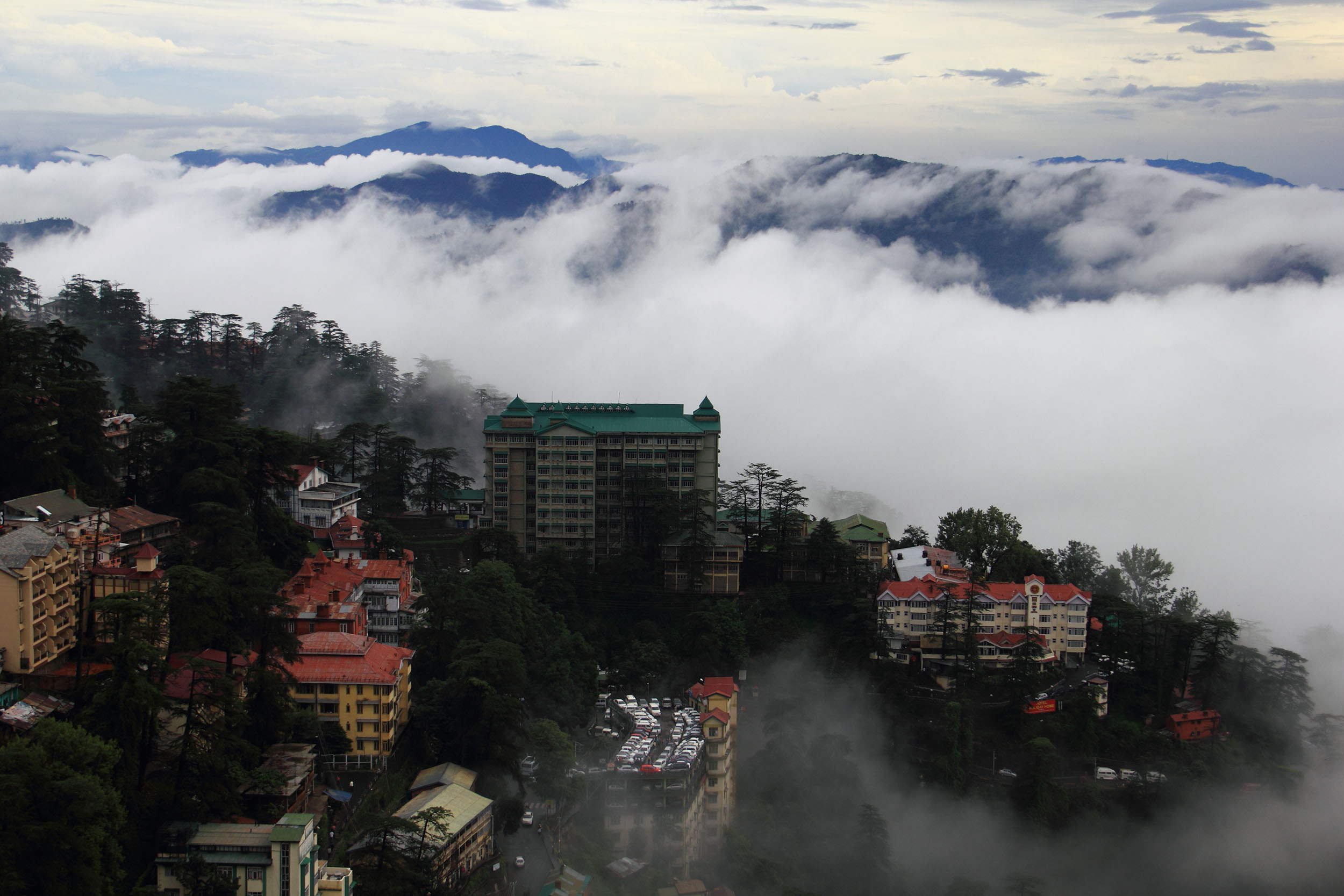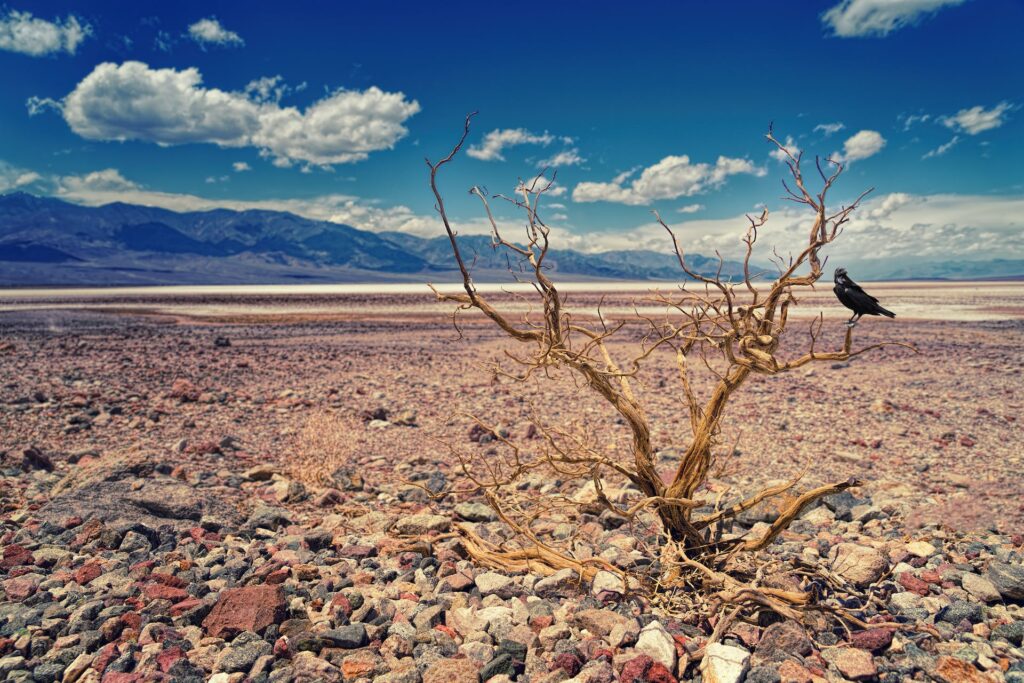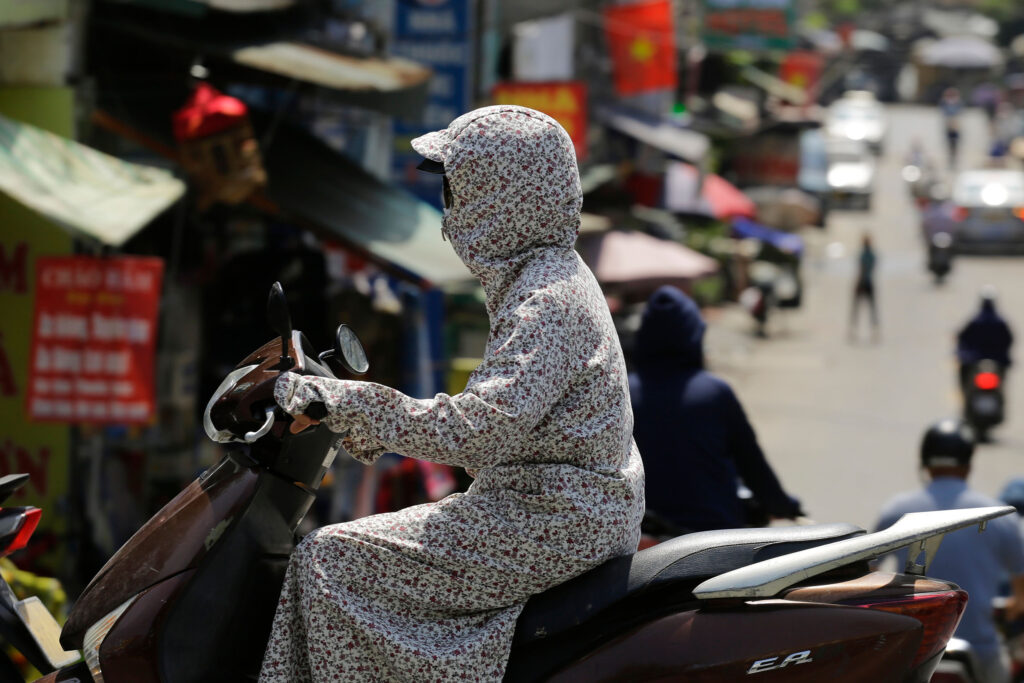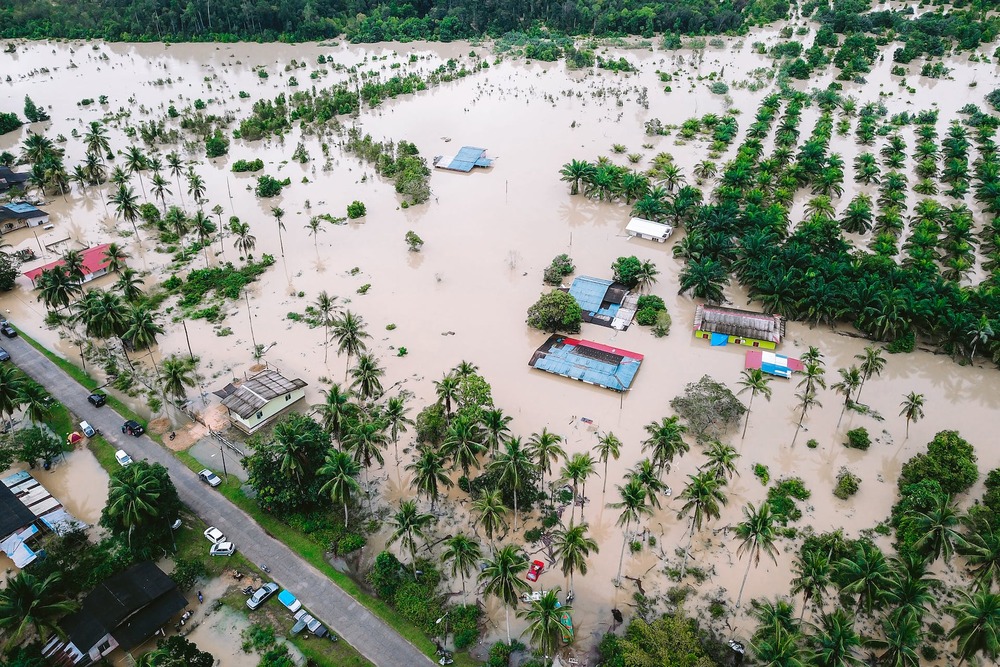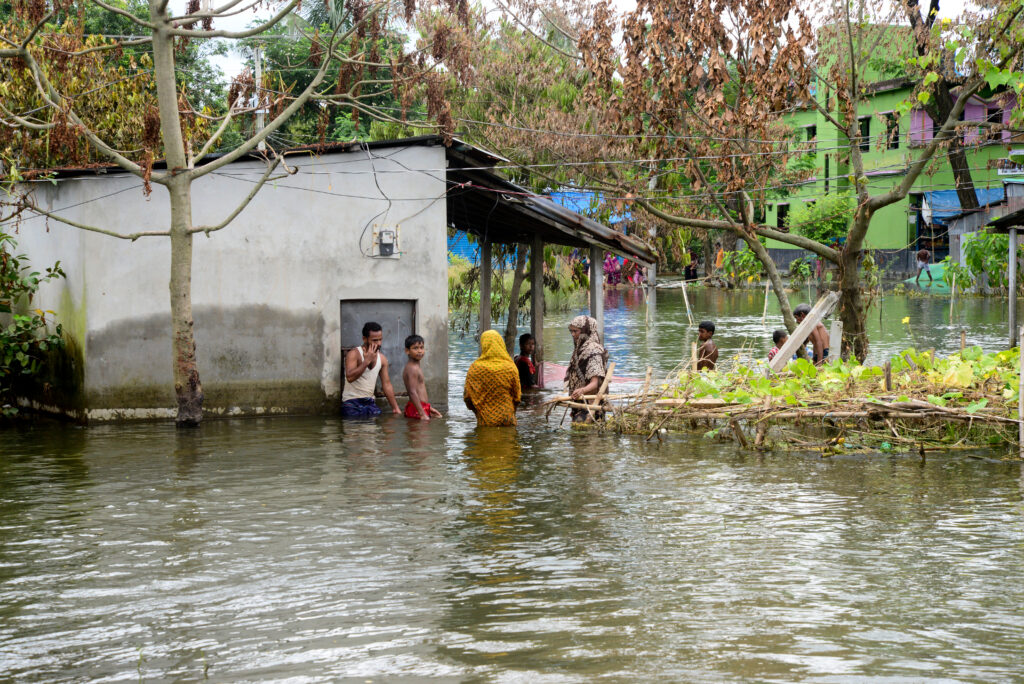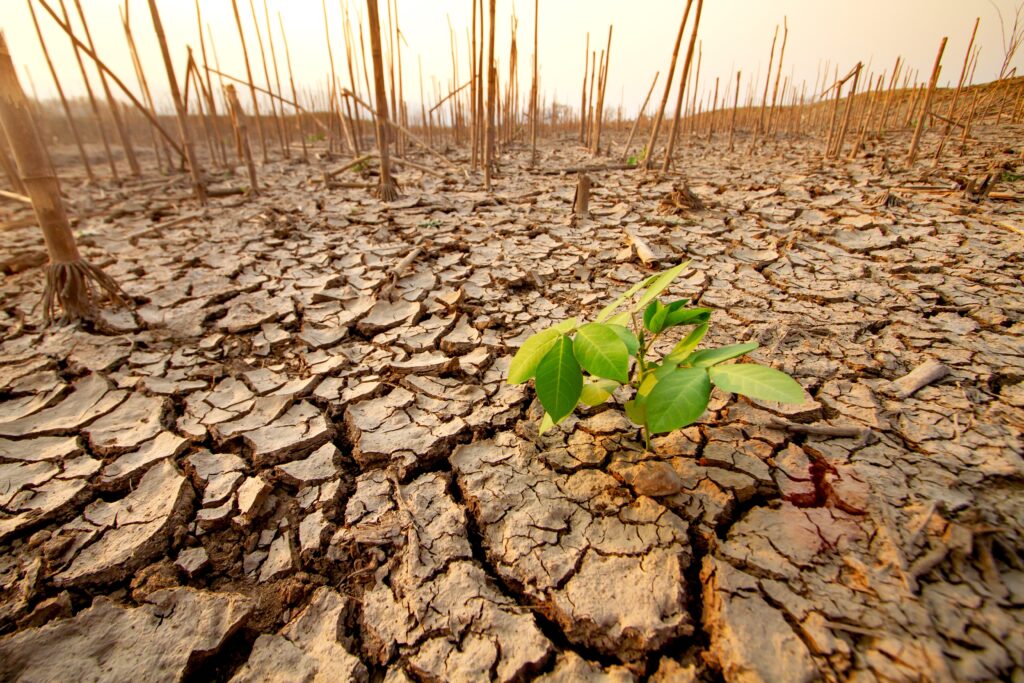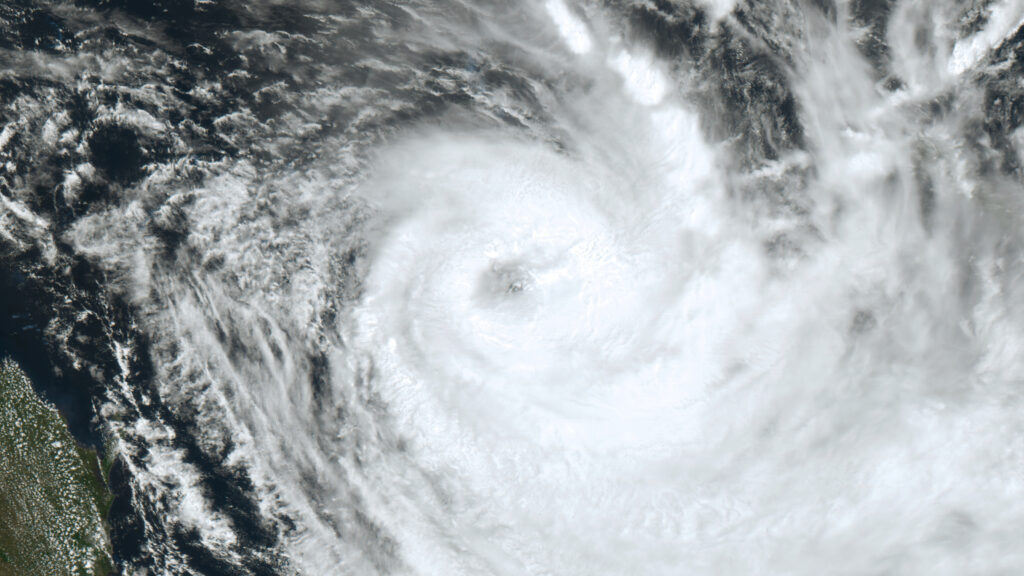The South Asian summer monsoon has traditionally been a season to celebrate and rejoice. Just when temperatures start to rise, a gigantic sea breeze brings 70-80% of the region’s annual rainfall, providing relief from the sweltering heat.
Typically occurring between June and September, the rain-bearing winds affect countries like India, Bangladesh, Pakistan, Sri Lanka and Myanmar.
The monsoon rains are essential to provide relief from the water security of nearly 1.92 billion people, or roughly one-fifth of the world’s population. They are also a crucial lifeline for agriculture, which provides livelihoods to nearly 60% of South Asia’s population.
Not only does this rain nourish farmlands across the region, but it also refills rivers and aquifers and drives hydroelectricity. Farmers especially await these heavy seasonal rains, which bring much-needed water to their crops.
Deficient Rainfall Threatens To Destabilise Livelihoods
However, the once-anticipated summer monsoon is becoming increasingly erratic and unreliable. Climate change is shifting its patterns, making dry years drier and wet years wetter.
Even slight increases in the world’s average temperature could have serious implications for agriculture and the economy in South Asia. Such changes can cause more droughts or more floods, posing challenges to water and food security.
For example, in 2009, India experienced its driest monsoon in more than 80 years. Average rainfall dropped by 29% from June to mid-August, a prime planting season for the country’s millions of farmers. In monsoon regions, farmers depend entirely on this rainfall to water their crops, as they have no access to irrigation.
As a result, farmers in several areas could not plant their crops, and farm animals starved. Many farmers sold their animals for a fraction of their usual price because they were desperate.
India’s Monsoon Rainfall in 2023
Extreme rainfall can be equally destructive. During the main growing season, it could devastate a harvest overnight. Estimates show that South Asia could lose between 10-50% of crop production by the end of the century due to global warming effects.
At its worst, an intense monsoon could trigger deadly floods like the ones that recently hit northern India. At least 100 people died due to landslides, flash floods and property collapses in July 2023. In the capital, Delhi, home to nearly 33 million people, rising floodwaters forced thousands to flee their homes. The city recorded its highest rains in the past 40 years, according to the India Meteorological Department.
Economic losses from the recent north India floods are estimated to be up to Rs 15,000 crore (USD 1.8 billion). Due to such devastating impacts, environmental activist Sunita Narain described the monsoon as “India’s true finance minister”.
India has struggled with monsoon rain-triggered floods for many years. Over the last five decades, extreme floods in the country increased almost fourfold. Between 1970 and 2004, three extreme floods occurred per year on average. But after 2005, the yearly average rose to 11.
India’s Ministry of Earth Sciences expects monsoonal rainfall to become more intense in the future and to affect larger areas. This is mainly due to the increase in atmospheric moisture content with temperature, said the ministry in a 2020 report.
Erratic Monsoon Rains Ravage Asia
Across the region, extreme weather events and climate-related disasters are occurring more frequently and with greater intensity.
This summer, monsoon rains flooded around 14 districts in Cambodia’s capital, Phnom Penh. And, in southeast Bangladesh, floods and landslides caused by torrential rains killed at least 55 people in the first half of August.
Meanwhile, in Myanmar, floods triggered by monsoon rains have killed five people and displaced about 60,000 since mid-July.
Of course, no one can forget last year’s catastrophic floods in Pakistan, which hit during the South Asian monsoon. The historic flooding killed more than 1,000 people after a record unbroken cycle of monsoon rains with eight weeks of nonstop torrents.
The Impact of Climate Change on Monsoons
To date, the attribution of these extreme rainfall events to human-caused warming has not yet been formally established. However, several research studies have confirmed the impact of climate change on South Asian monsoon patterns.
According to Indian climate scientists, the constant rise in land and sea temperatures has increased the air’s capacity to hold moisture for a longer time. This, in turn, has influenced the intensity of monsoon rains. For instance, the Arabian Sea has warmed since January, infusing more moisture over northern and northwestern India.
As rising global surface and ocean temperatures cause more evaporation, rainfall over India is being significantly aggravated. “Indo-Gangetic plains have been receiving lots of moisture from the Bay of Bengal as well as from the Arabian Sea,” Dr. Krishnan Raghavan, scientist and director at the Indian Institute of Tropical Meteorology, told Jubilee Post.
“This continuous supply of moisture fed to the weather systems leads to increased rains, which also results in extreme weather events,” he said.
More Research Needed
Dr. Raghavan noted that more research was needed on global factors that impact circulations affecting Indian weather, particularly Arctic amplification.
“Polar regions have been heating at an alarming rate, leading to glacial ice melt. Due to this, mid-latitude circulation patterns have been affecting atmospheric circulation patterns in mid-latitude and the tropics. We need to have more research on this, but its contribution cannot be ruled out on changing weather patterns in India.”
Other experts believe that more clues lie within the warming Indian Ocean, which includes the Arabian Sea.
“In all aspects, the Indian Ocean is very much linked to the Indian monsoon,” Madhavan Nair Rajeevan, distinguished scientist at the National Centre for Earth Science Studies said. “We need to understand the Indian Ocean better in terms of more observations and also more modelling work.”
Heba Hashem
Journalist, Dubai
Heba is an Arabic and English-speaking freelance journalist based between the United Arab Emirates and Canada. She covers stories about business, renewable energy, climate change, finance, technology, real estate, food production, lifestyle and arts and culture.
Heba is an Arabic and English-speaking freelance journalist based between the United Arab Emirates and Canada. She covers stories about business, renewable energy, climate change, finance, technology, real estate, food production, lifestyle and arts and culture.

